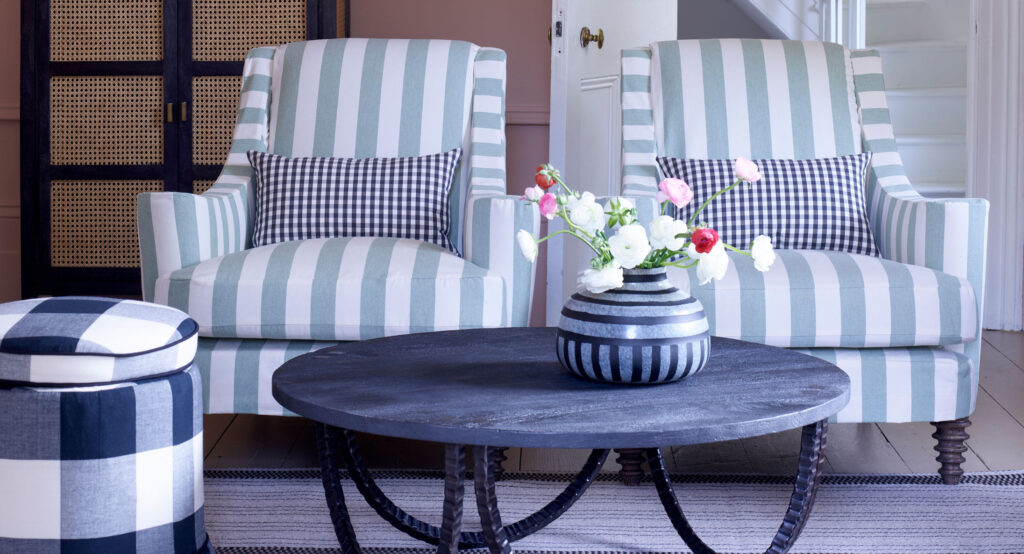One of the first things to consider when choosing a fabric for a sofa is the fabric’s durability. Even upscale furniture stores often sell sofas with poor fabric quality, so it is important to choose a more durable fabric for your sofa. If you plan to keep your sofa for a long time, go for a heavy-duty fabric. Also, if you have children or pets, you should choose a more durable fabric for your sofa for their safety.
Another option is to use slipcovers. Slipcovers are easy to clean and do not shrink or wrinkle. They can be machine-washed and tumble-dried on low temperatures. A slipcover will also keep the sofa from slipping off. Decorative bow ties are included on the front and back pieces so you can tie them in a pretty knot. If you’re not sure about fabric types, a slipcover can cover the entire sofa.
Polyester fabric is the most durable and comfortable choice for slipcovers. Its 15-percent spandex content means that it does not interfere with the softness of the couch. It is ideal for covering the entire sofa. Unlike a slipcover, a polyester-cotton slipcover will remain intact and clean for years to come. Depending on how much protection you want for your couch, a linen-based material may be a better choice.
Textured cotton fabrics wear out more quickly than other types of fabric, so you may want to choose another fabric for your couch. These slipcovers are easy to remove and can be washed easily. If you’d prefer a slipcover, you should choose a microsuede-polyester type that is durable and comfortable. These sofa slipcovers are available in various sizes and can fit up to a 72-inch seat width.
The best way to choose the right fabric for your sofa is to plan ahead of time. Designers always plan ahead of time. Mood boards are a great way to visualize the look you want in your home. You should take the time to find a fabric that matches your taste and your home. This will help you avoid costly mistakes when selecting a fabric. Then, you can purchase your sofa in the comfort of your own home.
When selecting a fabric for your sofa, you should consider whether you have pets. Pets can ruin delicate fabric. If so, you should choose a material that won’t be damaged by claws or sharp objects. If you don’t have pets, you can opt for lighter-coloured sofas and choose lighter fabrics. A light-coloured sofa will help you get the best value for your money. In addition to color, fabric is important for functionality.
When choosing fabric for a sofa, you should also consider the material that will fit your style and room. Nylon is an inexpensive and durable fabric that can protect the material of your couch. Then, you can choose a patterned fabric that imitates wool, but it should be woven carefully. A patterned fabric may restrict the seating position of the sofa. However, if you decide on a patterned fabric, it’s important to consider the quality of the fabric.
A heavy-duty fabric is one that can withstand a lot of wear and tear. While cotton and linen are both durable, they do have some drawbacks. For example, if your sofa is used frequently, you should avoid using a cotton-based fabric. Instead, choose a fabric that is resistant to stains. Silk and leather are elegant and will add a luxurious touch to your home. Aside from their durability, these materials are also available in a wide variety of colors and designs.
There are several factors to consider when choosing a fabric for your sofa. First of all, the size of the furniture you’ll be covering will dictate the amount of fabric you’ll need. For example, a two-seater will require ten to fifteen meters of fabric, whereas a three-seater will need about eleven to nine meters. A large piece will require more than thirty metres of fabric. You can also bring the measurements to the store to get the correct amount. It’s better to ‘err on the side of caution’ than to end up with too little.
The next consideration is the durability of the fabric. A high-quality fabric will last longer, but it is still likely to need some maintenance. It’s also important to consider how much traffic the sofa will receive. For instance, a high-traffic area will require a higher-quality fabric. The fabric should be durable enough to withstand frequent use, and should not fade, rip, or stretch. It should be durable enough to resist water and stain damage.



